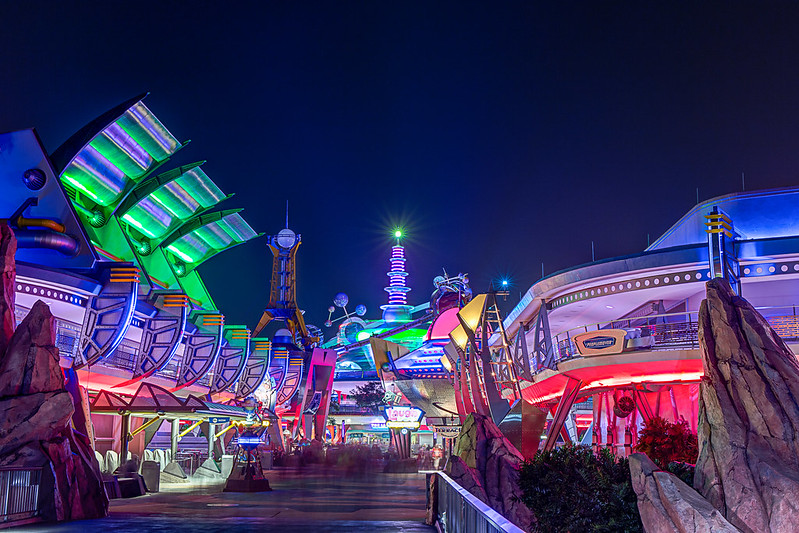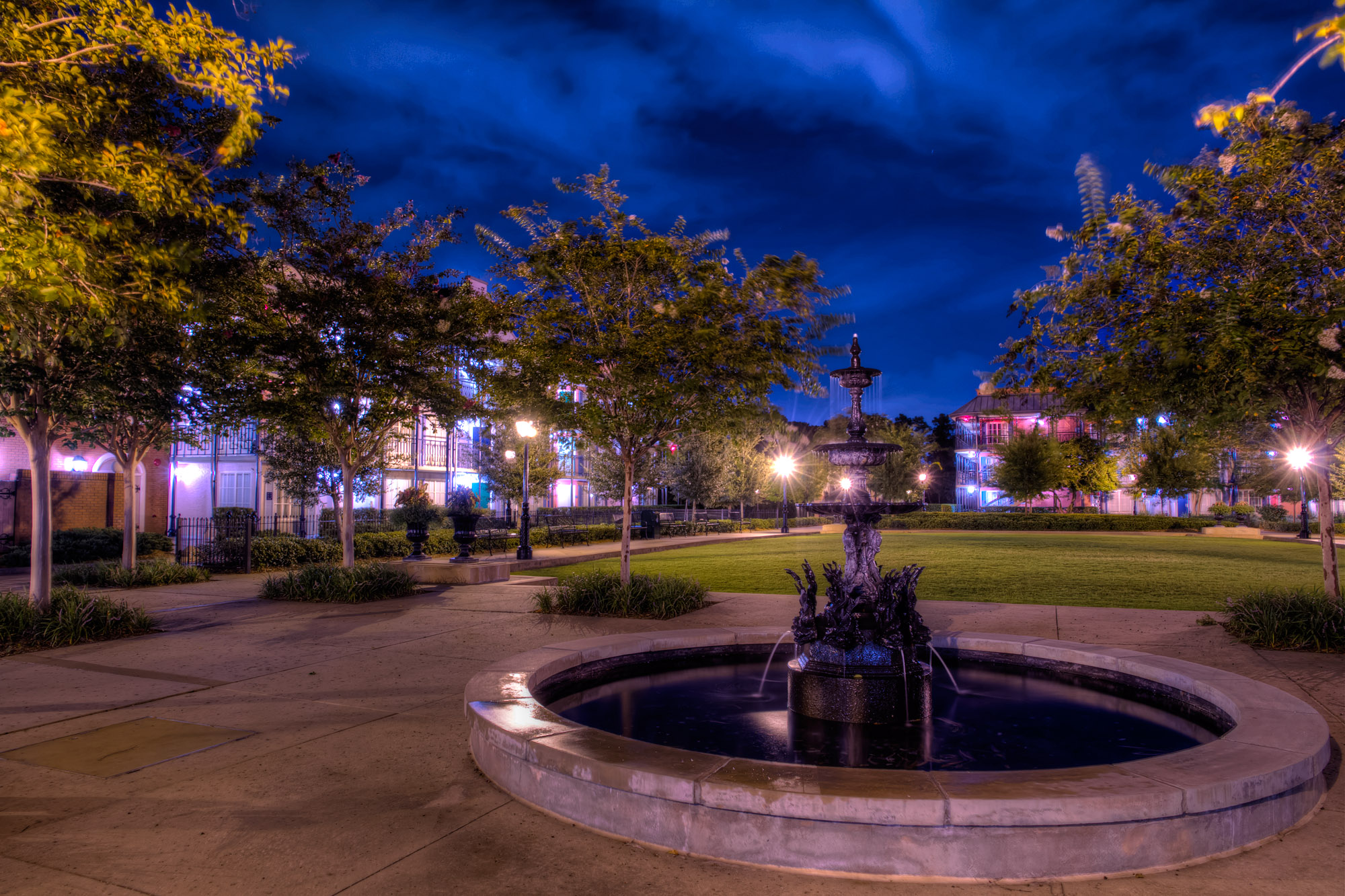andrewilley
GNU Terry Pratchett
- Joined
- Oct 17, 2007
Over the years I've taken a number of bracketed RAW exposures at Disney (especially night-time shots) for later HDR processing. But no matter how hard I try, I can never seem to get results I'm happy with (using Photomatix). I find white balance is especially difficult to get right from raw images. In almost all cases, I find I'm happier with the results I get from a fairly basic Photoshop or Lightroom adjustment of the correct-exposure raw file.
Could the assembled experts here maybe give me a few pointers as to how they go from their bracketed raw images to a final HDR image (in terms of common Photomatix adjustment levels, etc)?
If anyone wants an example, the following is an image I made using Adobe Camera-RAW processing from the middle-exposure of a bracketed three-image set (6 sec, 20 sec and 30 sec shutter speeds), without any HDR work:

[Link to full-sized TIFF]
However I can get nowhere near to what I'm looking for in Photomatix. Anyone got any suggestions, or maybe could have a play around with my source files and see if they can do better? Or is there not enough exposure range in the source files perhaps?

[Link to source raw CR2 file]

[Link to source raw CR2 file]

[Link to source raw CR2 file]
Andre
Could the assembled experts here maybe give me a few pointers as to how they go from their bracketed raw images to a final HDR image (in terms of common Photomatix adjustment levels, etc)?
If anyone wants an example, the following is an image I made using Adobe Camera-RAW processing from the middle-exposure of a bracketed three-image set (6 sec, 20 sec and 30 sec shutter speeds), without any HDR work:

[Link to full-sized TIFF]
However I can get nowhere near to what I'm looking for in Photomatix. Anyone got any suggestions, or maybe could have a play around with my source files and see if they can do better? Or is there not enough exposure range in the source files perhaps?

[Link to source raw CR2 file]

[Link to source raw CR2 file]

[Link to source raw CR2 file]
Andre



 Entering Tomorrowland
Entering Tomorrowland
